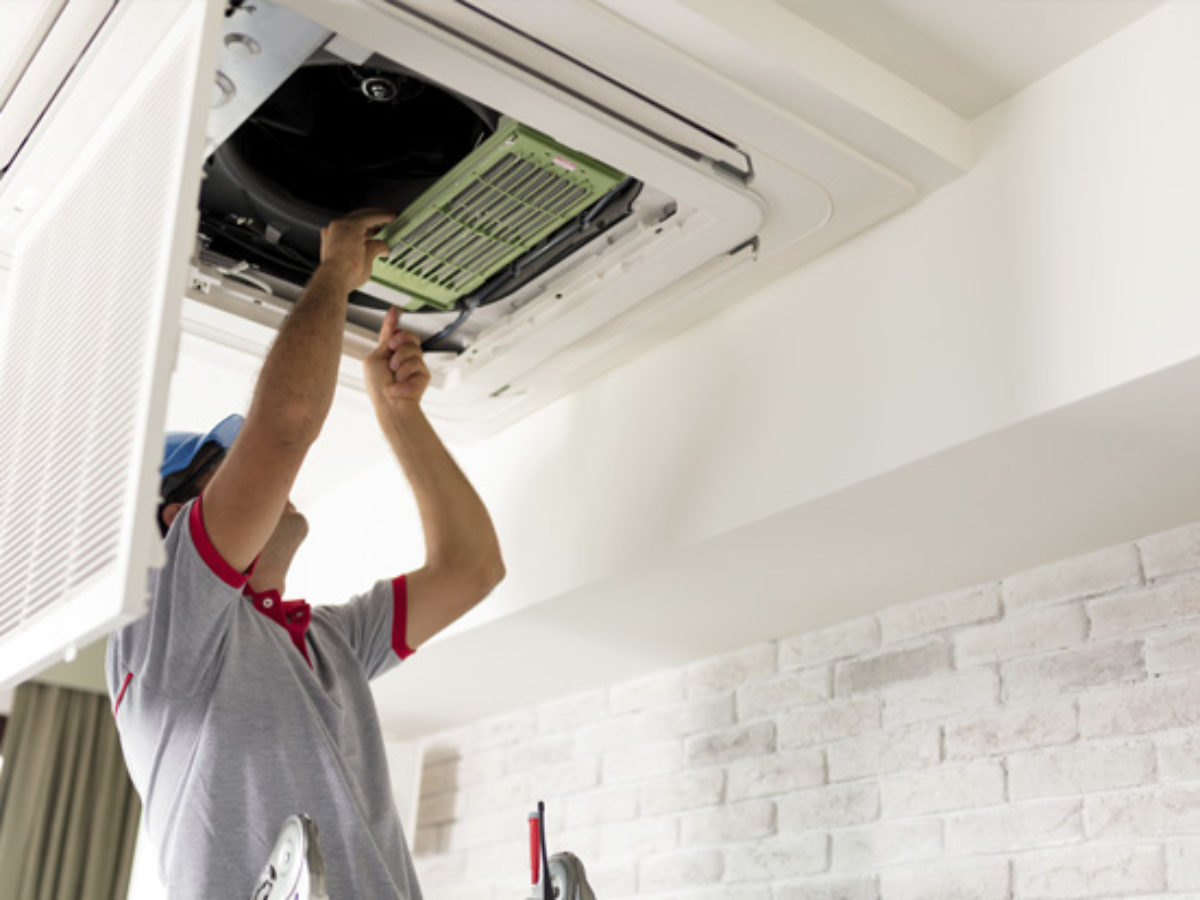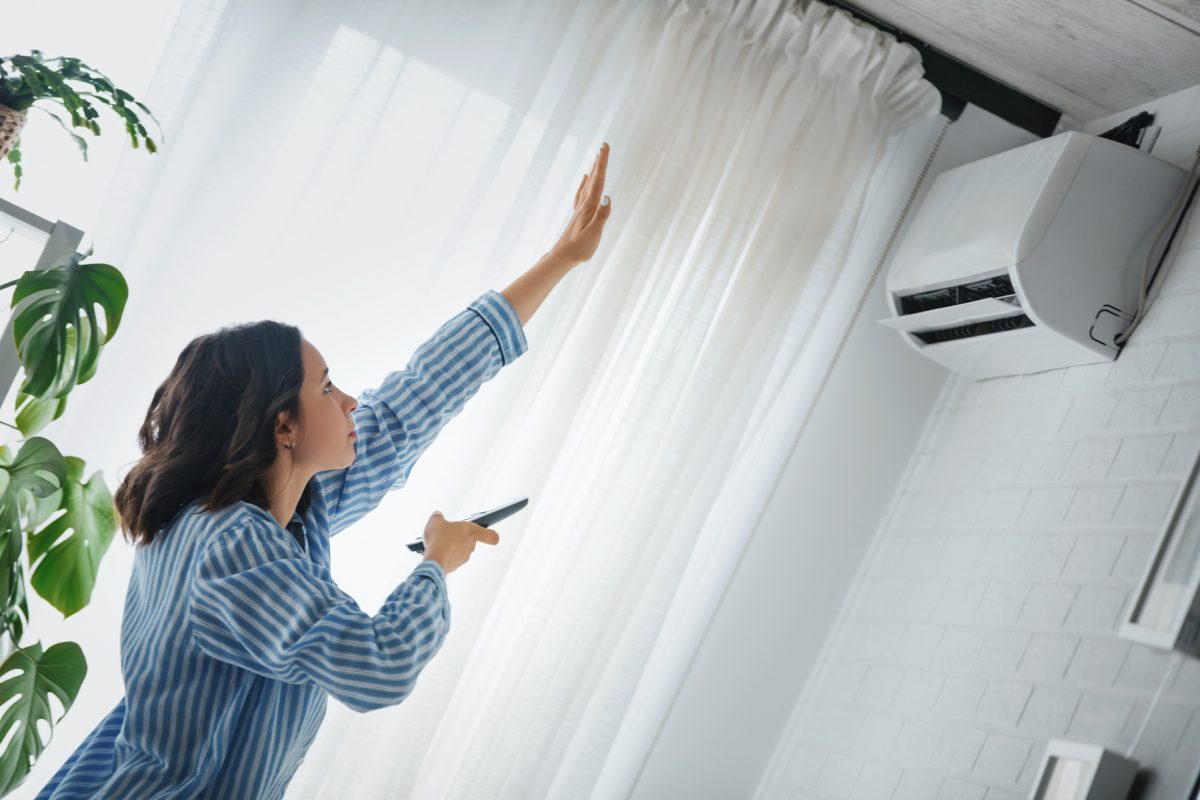You’ve noticed some black spots on your air vents. You’ve smelled something musty-like coming from the air vents.
These are signs of potentially harmful foreigners called molds swarming in your air vents.
But, be stress-free as by the end of this article, you’ll be an expert in mold removal.
What Are the Signs of Mold in Air Vents?

I’ve seen mold takes a lot of different forms and some of them include
- Odors:
“Why do I smell a sewage smell when the AC is running?”
It’s not a “sewage” smell but something similar.
Unknown to many, mold can take the form of a musty, wet, stale and rotten odor.
- Dark Dots:
Molds don’t always have to be invisible.
Can you see those large black spots covering the whole vent area? Or, those small black polka dots accumulating on the vent?
If these don’t bother you, at least Stachybotrys chartarum should.
Known as the “Toxic Black Mold”, Stachybotrys chartarum is a very dangerous black mold that should be considered as a serious matter of concern.
- White fuzzy growth:
If you want to know, white mold is even more life-threatening than black mold, for it affects nearly all the vital organs of the human body, including the lungs and brain.
- Other forms:
Besides odors, dark post and white growths, mold can also appear in yellow, blue, green or pink colors. It would look like a stain or a discoloration, varying in different textures.
Why Is There Mold on Your Air Vents?

If you’ve noticed mold growing on your air vents, you must be asking yourself the reasons lying behind this.
- Moisture:
It is a no-brainer that mold thrives in moist and warm environments. And, as air vents are pretty damp spaces, it is expected for mold to grow where moisture is present.
- Warmth:
Again, mold loves warm spaces and when warm air comes in contact with cool surfaces, causing condensation in air events, mold finds such places very comfortable.
- Poor Ventilation:
Air cannot circulate properly when there are blockages and leaks, eventually leading to mold growth.
- Oversized AC unit:
What happens when a large air conditioning unit cools a space too quickly?
There is an excess moisture collected in the air vents, prohibiting a proper air circulation and eventually leading to mold growth.
What Are Some Consequences of Mold on Air Vents?

- Respiratory health problems
- Headaches
- Coughing
- Wheezing
- Asthma-like symptoms
- Shortness of breath
- Hypersensitivity pneumonitis
- Infections
- Sinusitis
- Hay fever
- Pulmonary hemorrhage
- Fatigue
- Eye irritation
How Do You Get Mold Out of Air Vents?

1. Using Landry Detergent:
- Once the AC is turned off, unscrew the vent grill and submerge it in a basin filled with water and a few drops of laundry detergent.
- Meanwhile, using a high-efficiency particulate air vacuum (HEPA vacuum), eliminate any dust or debris present in the air vents.
- After 20 minutes, empty the basin and rinse out properly the air vent.
- Spray soapy water on the inside of your air vents and then wipe it down.
- Using a disinfectant spray will help to eliminate all the mold and bacteria on the air vents and the areas surrounding the air vents.
- Once the area is dried thoroughly, reattach the vent grill.
2. Using Detergent and Baking Soda
- Again, once the AC is turned off, unscrew the air vents and place them in the combined solution of half a tablespoon of baking soda, one tablespoon of detergent and one cup of water.
- While you let it sit for 15 minutes, using a HEPA vacuum, hoover the inside of the air vents.
- The same detergent and baking soda mixture can be used to clean the inside of the air vents.
- Once the 15 minutes are over, scrub off any remaining mildew or dirt on the air vents.
- Once the area is dried thoroughly, reattach the vent grill.
That being said, if you stick to some regular inspections and cleaning principles, you won’t ever have to deal with mold ever again.

